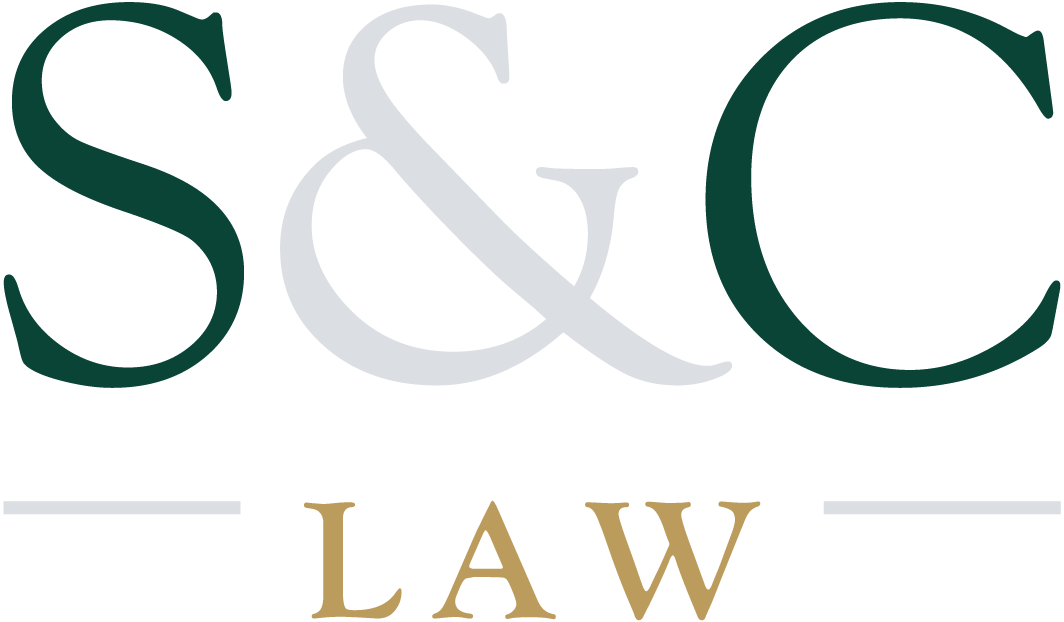
Corporate Representation
Scarlett, Croll & Myers P.A.
The Firm represents numerous corporations. It is experienced in forming corporations, partnerships and limited liability companies. It assists its clients with contract negotiation, shareholders’ agreements, asset purchase or stock purchase agreements and employee agreements. The Firm advises clients as to choices available in forming the proper type of business entity to conduct business. The Firm also advises clients as to corporate tax matters, such as the election of Sub-chapter S status.
The basic way business is transacted in the United States is by corporations. The fundamental reason for this fact is that by transacting business as a corporation the owners of the corporation are able to shield themselves from personal liability exposure for much, if not all, of the debt which the corporation may owe. By allowing individuals to limit their liability exposure, Congress encourages individuals to "take a chance" and start new businesses. For this country, encouraging the creation of new businesses is very important because most of the jobs created by this country are created by small businesses. Simply put, it is the Firm’s basic advice that if you are going to transact business in this country, you should transact it as a corporation.
Most of the new businesses which the Firm assists in incorporating are Sub-Chapter S corporations. Sub-Chapter S refers to a provision of the Internal Revenue Code which grants certain tax advantages to small corporations. Since most of the new businesses the Firm incorporates are small businesses, this form of corporation is many times the best form to choose to maximize the tax benefits of incorporating while minimizing the liability exposure of the corporation’s owners.
The basis advantage of a Sub-Chapter S corporation is that it allows for a "pass-through" of the profits and losses generated by a corporation in a given tax year. This means that the corporation pays no tax; instead, the tax on profits earned by the corporation are paid by the corporation’s owners as income on their personal tax return, divided according to the percentage of ownership each individual may have in the Sub-Chapter S corporation. This tax advantage eliminates the double taxation problem inherent in non Sub-Chapter S corporations. More importantly, election of Sub-Chapter S status by a new corporation allows the owners of the corporation to capture, on their personal tax returns, any losses which the corporation may incur as a result of their business operations. This is a significant statement in that many new corporations will incur a loss in the first few years of their business operations. For example, if a Sub-Chapter S corporation loses $10,000 in its first year of operation, then that $10,000 loss is "passed through" to the owner’s personal tax return. If the owner has other income of $10,000 that year, then the Sub-Chapter S corporation’s loss is applied against that income and no tax is paid on that income. This fact can save the owner from paying taxes. If the corporation had not elected to be a Sub-Chapter S corporation, then the tax loss would not "pass through" to the owner but, instead, would remain with corporation and could only benefit the corporation in later years when the loss might be applied to future profits made by the corporation. The first problem with this fact is that the benefit of the tax loss is not realized until later years, instead of being immediately used for the benefit of the owner, as with a Sub-Chapter S corporation. The second problem with this fact is that many times the corporation never makes a profit, and the tax loss never has the opportunity to be applied to a tax profit. This effectively loses the tax loss as a significant tax benefit to the corporation’s owner. For this reason, and others, the Firm generally advises new corporations to be formed as Sub-Chapter S corporations.
If a new corporation does not elect with the Internal Revenue Service to be a Sub-Chapter S corporation, it is usually considered by the Internal Revenue Service to be a C-Corporation. Although a C-Corporation does not have the tax "pass through" advantage of a Sub-Chapter S corporation, it does have certain advantages over a Sub-Chapter S corporation.
In addition to the above described types of corporations, the Firm has experience in forming professional corporations, professional associations, limited liability companies and limited liability partnerships.
